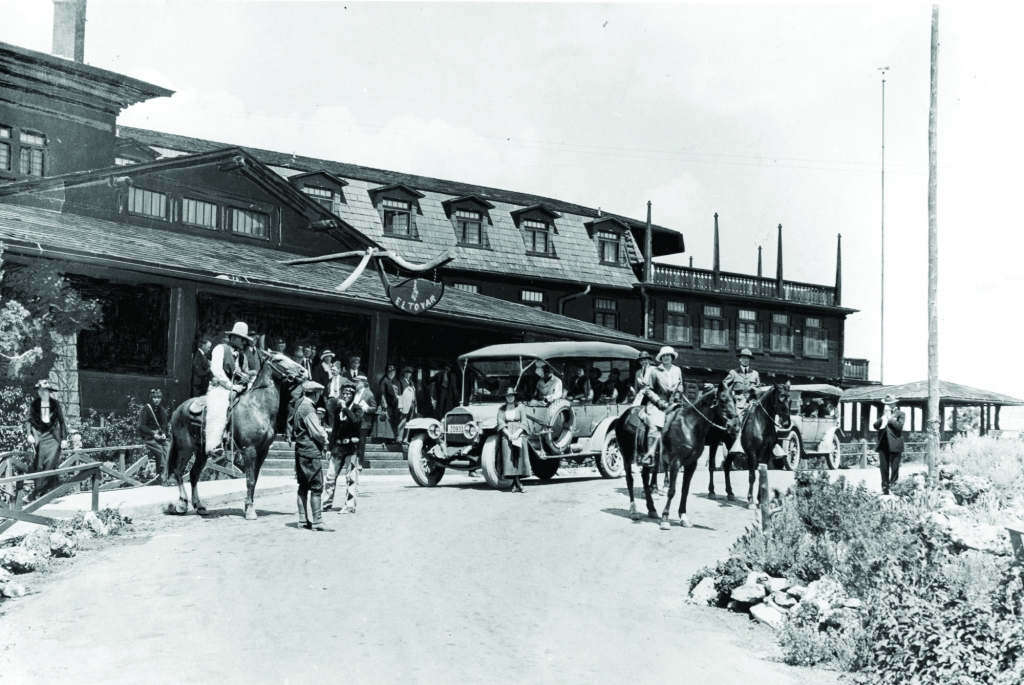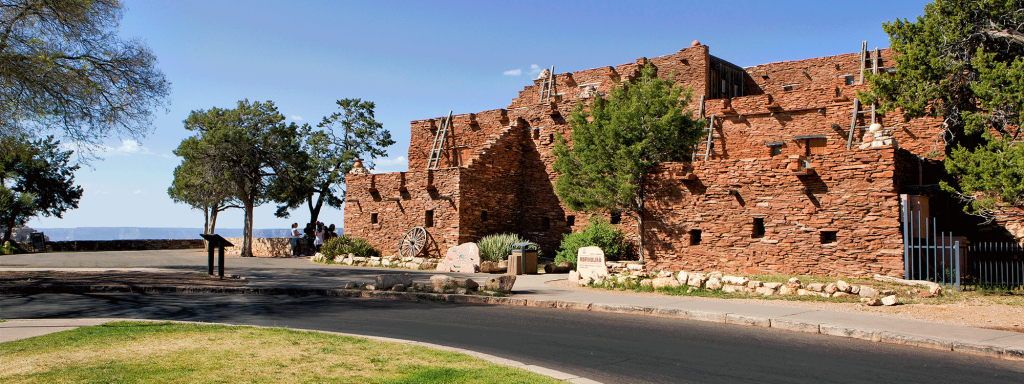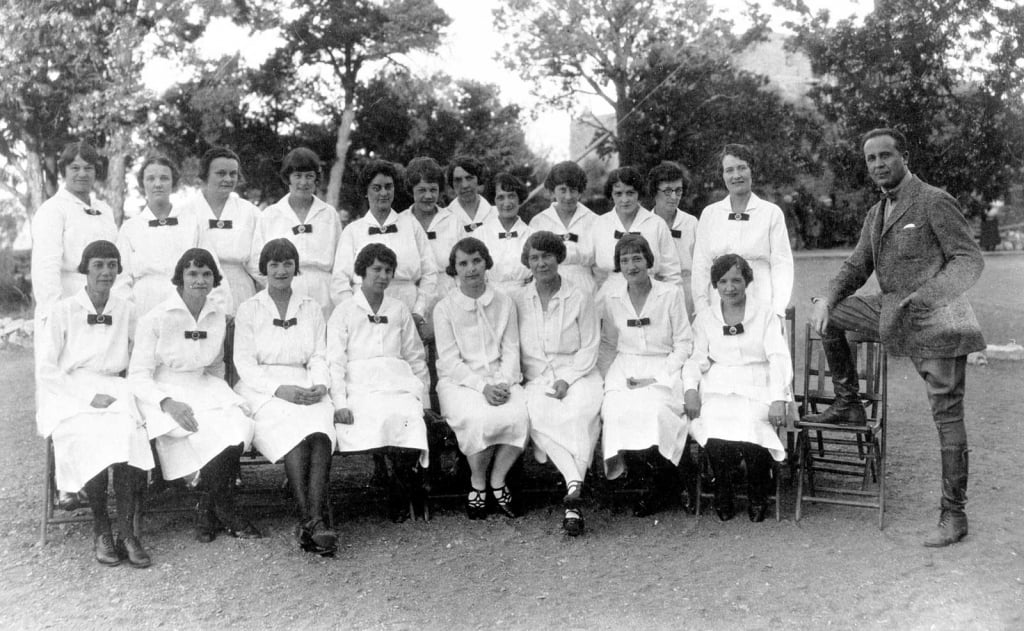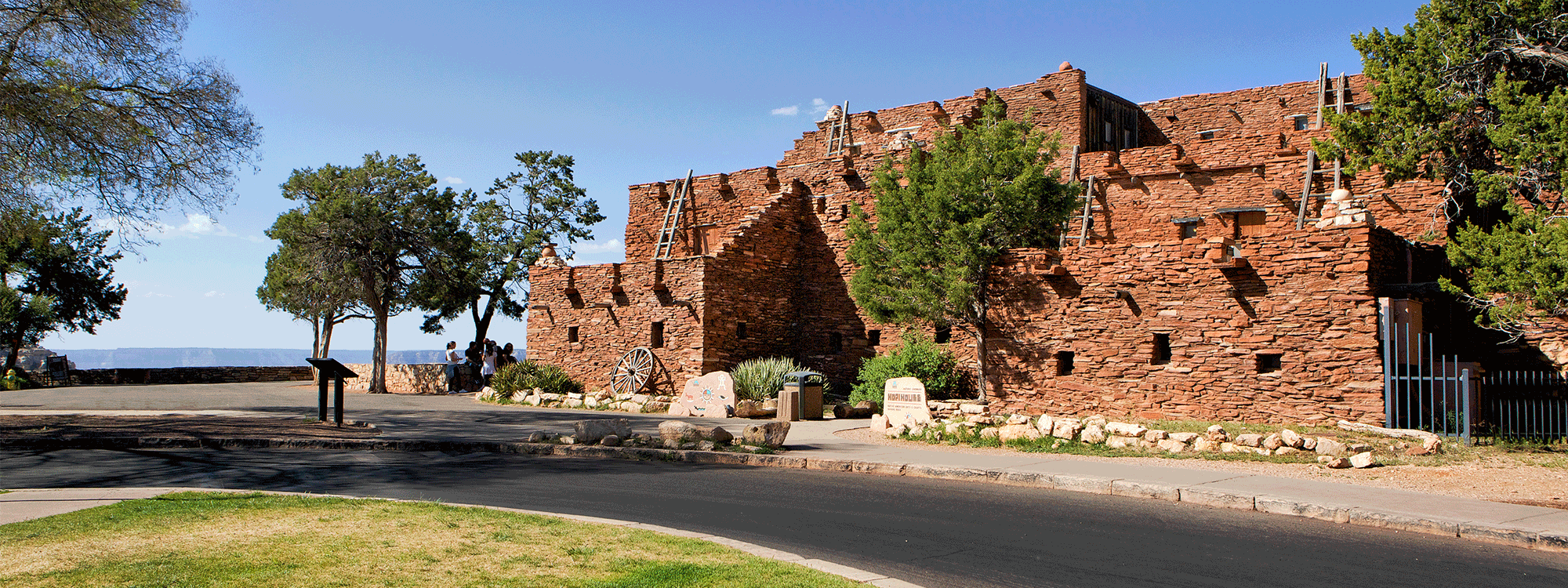Its Indian heritage is as compelling as its natural history
“We’re in tune with nature. They say we’re a poor tribe, but we’re rich in our heritage,” says Letha Talasyousiea, a Hopi Indian who works at the Grand Canyon.Before the explorers, adventurers, and prospectors discovered the Grand Canyon — and long before it became a tourist mecca — Native Americans called this magnificent place home.
Eleven tribes have ties to the canyon, including the ancestral Puebloan people (believed to be the ancestors of modern-day Pueblo Indians such as the Hopis and Zunis) and the Navajos, whose sprawling reservation borders the eastern side of the national park.
And though the natural history of this cherished national icon is a big part of the visitor experience, its cultural history is compelling, too.
Place names throughout Grand Canyon National Park are reminders of its early inhabitants. Take Indian Garden, a plateau along the Bright Angel Trail before the path drops precipitously to the Colorado River on the canyon’s floor. The spot, visible from the South Rim, is an oasis dating to ancient times. By 1903, it was the realm of the Havasupai Indians, who allowed pioneer Ralph Cameron to build tent cabins at the spot. In the early days of tourism, visitors rode down on mules and stopped at Indian Garden for a meal and rest. It’s much the same today (minus the tent cabins) for hikers and mule riders navigating the canyon’s most popular trail.

By the late 1800s and early 1900s, visitors were arriving in large numbers by train. To newcomers from the East, the red rock terrain was otherworldly. The Native Americans who dwelled there were exotic. Entrepreneurs were eager to cater to these visitors, and at the forefront was Fred Harvey. Not only did his Harvey House restaurants and hotels throughout the West offer food and lodging, they also created a demand for native arts and crafts.

Among the early facilities built by the Fred Harvey Co. at the Grand Canyon was Hopi House. Opened in 1905 across from the iconic El Tovar hotel (which opened two weeks later), Hopi House was one of several structures in the park designed by renowned architect Mary Colter. As its name implies, it was inspired by a traditional terraced Hopi dwelling. Hopi House served not only as a gift shop, but also as a place for native potters, silversmiths, and weavers to create their wares.
The handsome sandstone building still serves as a gift shop and remains a standout structure in the park’s Historic Village District. Native craftspeople no longer regularly demonstrate their artistic talents there. But in summer, a Navajo troupe performs traditional dances outside the building.
Visitors are likely to encounter Native Americans year round, since the canyon’s workforce includes a good number of Hopi, Navajos and other tribal members.

One of the longest-tenured employees working for Xanterra Travel Collection®, the park’s main concessionaire, is Letha Talasyousiea, a Hopi Indian. She starting working in the 1950s at the canyon as a legendary Harvey Girl (the name given to Harvey House waitresses). Now a spry 85-year-old, she’s employed in the Maswik Lodge dining room. Her daughter, Edwina Broadbent, 56, has worked for Xanterra for 36 years.
Guests frequently have questions about the Hopi lifestyle, customs, and beliefs, Broadbent says. She does her best to enlighten them.
“We’re in tune with nature. They say we’re a poor tribe, but we’re rich in our heritage,” she says.
According to legend, the Hopis were the first to dwell in the canyon, Broadbent says. And when curious visitors ask why she doesn’t hike the canyon, this is how she answers:
“I tell them it’s because I’m not ready to go. This is where the journey ends,” she says, motioning toward the vast chasm. “The canyon is where you go when you finally go home.”
For more information and reservations at a Grand Canyon lodge, visit grandcanyonlodges.com or call 888-297-2757.
For travel experiences available from Xanterra Travel Collection® and its affiliated properties, visit Xanterra.com/stories.


